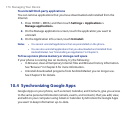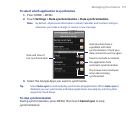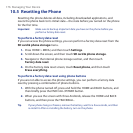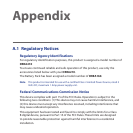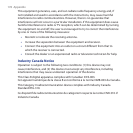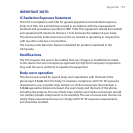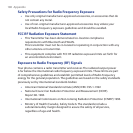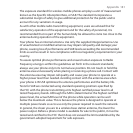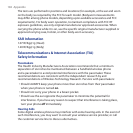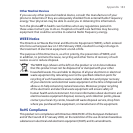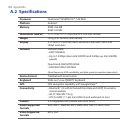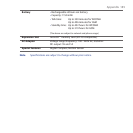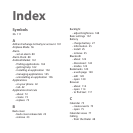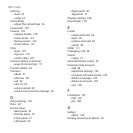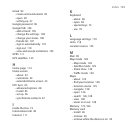182 Appendix
The tests are performed in positions and locations (for example, at the ear and worn
on the body) as required by the FCC for each model. (Bodyworn measurements
may differ among phone models, depending upon available accessories and FCC
requirements). For body worn operation, to maintain compliance with FCC RF
exposure guidelines, use only original manufacturer approved accessories. When
carrying the phone while it is on, use the specific original manufacturer supplied or
approved carrying case, holster, or other body-worn accessory.
SAR Information
1.07 W/Kg@1g (Head)
1.20 W/Kg@1g (Body)
Telecommunications & Internet Association (TIA)
Safety Information
Pacemakers
The Health Industry Manufacturers Association recommends that a minimum
separation of six inches be maintained between a handheld wireless phone
and a pacemaker to avoid potential interference with the pacemaker. These
recommendations are consistent with the independent research by and
recommendations of Wireless Technology Research. Persons with pacemakers:
Should ALWAYS keep your phone more than six inches from their pacemaker
when your phone is turned on.
Should not carry your phone in a breast pocket.
Should use the ear opposite the pacemaker to minimize the potential for
interference. If you have any reason to suspect that interference is taking place,
turn your phone off immediately.
Hearing Aids
Some digital wireless phones may interfere with some hearing aids. In the event of
such interference, you may want to consult your wireless service provider, or call
the customer service line to discuss alternatives.



